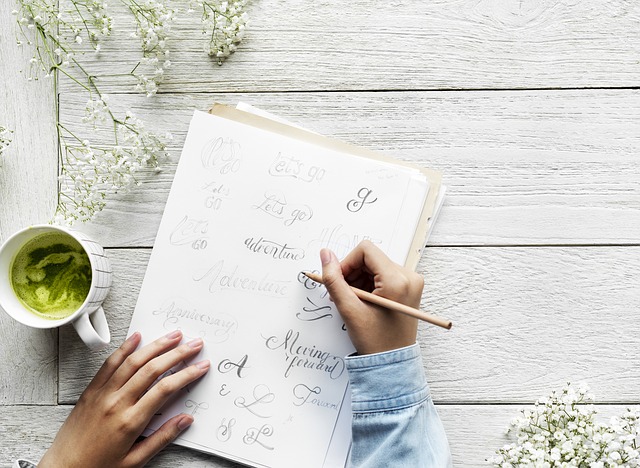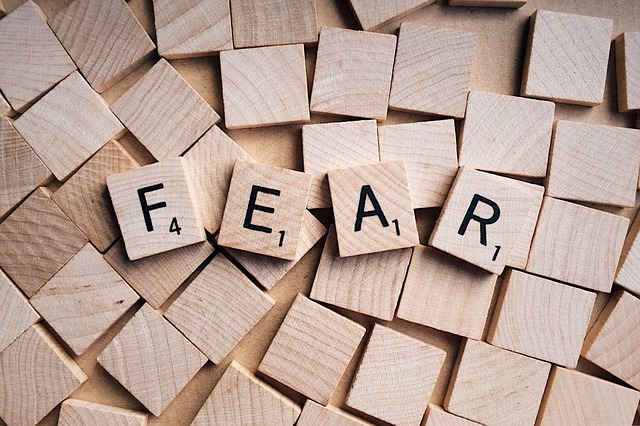We all have tasks that we ought to do, or want to do, but that we avoid or put off because they are difficult or challenging. Sometimes our negative self-stories get in the road, other times we may have developed the habit of procrastinating without knowing why. We find ways to distract ourselves from the task or take on other tasks that are not important or time-sensitive. We may have difficulty building up the energy to tackle the task in addition to overcoming the personal barriers we create that prevent us from completing the task.
Leo Babauta, creator of the Zen Habits blog, offers a comprehensive strategy to address this problem of avoiding or putting off tasks. In his article, How to Do Your Scariest Tasks of the Day – with Joy, he introduces an approach that he describes as creating a “training container”. He discusses how to develop the training container and offers a number of steps to encourage you to undertake the associated training in a spirit of joy.
Creating a training container to develop the habit of tackling a difficult task
Leo is an internationally recognised expert on developing habits – he has 2 million readers who seek out his wisdom in this area. The training container (or dedicated block of time) acts as a routine (for a new habit) that can be developed to suit your own personal and work style and that, with persistence, becomes an integral part of your day (just like any other training or gym regimen).
The key elements for creating a training container are:
- Set aside a time of the day when you train yourself to do the task. It’s important to allocate a set time that suits your lifestyle and/or work pattern that you can dedicate to the training. I’m a morning person, so I find that mornings are best for training myself to complete a difficult task. You can let others know about your dedicated time and even set up a reminder through the alarm on your mobile phone. The time set aside may change as your circumstances change, e.g. when I was writing my PhD, I used to write at 4am for two hours before our baby woke up and before the phones started to ring.
- Set aside a place for this training. You can find a space that is different to your normal place of working so that you break free of environmental blockages associated with your procrastination. If I have a difficult task to work on, I go away from my office and work at the kitchen table (with a view) or go to a tolerant, coffee shop. If you have a recurrent difficult task, you can go to an alternative space daily and treat it as your training space.
- Set up a ritual for starting your scary/difficult task. Leo, who happens to be a mindfulness expert among other things, encourages you to develop a ritual at the start to focus on your intention and commitment to dedicate your attention fully to your task. This helps you to undertake your task mindfully, fully utilising the opportunity that the training container provides.
- Focus on a single task during your training session, do not multi-task. I learnt early on that if I start the morning with reading emails, I get side-tracked very easily and hours can pass before I get back to my difficult task or have to put it off to another day. If you find that you feast on the news, you will have to develop the discipline to put off chasing the news until you have finished your training session. This discipline of undertaking a single task during your training session, not only builds your capacity to focus but also enhances your productivity.
- Revisit your “why”. You need to get in touch with the fundamental reason you want to do the difficult task – Who are you doing it for?, Who will benefit from it? In my case, I try to keep my focus on my readers who come from all walks of life but who share many common personal difficulties that impact negatively on their lives. Richardo Semler suggests that you ask yourself three “why’s” to get to your deeper purpose. Focusing on purpose builds motivation.
- Express gratitude at the completion of your training session. Leo suggests that initially you set a timer for your training session. He urges you not to rush off to something else when the session is completed, but to take the time for a brief gratitude meditation. As he puts it, “Bow to the practice, and to yourself, out of gratitude.” In the long run, you will certainly be grateful for having set aside the time, place and focus for your training container.
I have found these tactics very useful in creating the discipline and focus to write this blog. Yesterday, I completed my 300th post. I now have a set time and place every second day when I write my blog and maintain a single focus throughout the research and writing involved. I have found, too, that some preparatory work in the form of thinking or research before my writing day also helps me to start writing because I am not starting from a blank sheet. So, jotting down some notes during the day may be helpful when you come to tackle your task within the training container.
Training with joy
Leo provides a number of ideas to help you bring joy to the challenge of completing your training session. Two of these steps – dropping into your body & staying with your sensations – are consistent with my previous discussion on managing anxiety with mindfulness.
Leo also suggests that playing some music can help to achieve the mindset and focus necessary to realise joy in undertaking your difficult task. I play classical music when I write this blog. I find that Mozart’s music strengthens my concentration and increases my relaxation. I have yet to follow Leo’s final step, “Dance with the chaos- let your body move to the music”. He also suggests that the dance can be figurative in the sense of having fun while you are encountering uncertainty and venturing into an aspect of your life that you used to avoid or put off.
As we grow in mindfulness – by bringing a disciplined, mindful, focused, curious, grateful and joyful attention to a difficult task – we can experience greater productivity, energy and sense of achievement. Overcoming procrastination takes time and persistence but having a plan like the “training container” can help us to remove the blockages that get in the road of achieving our tasks and associated, meaningful endeavours.
____________________________________________
Image by rawpixel from Pixabay
By Ron Passfield – Copyright (Creative Commons license, Attribution–Non Commercial–No Derivatives)
Disclosure: If you purchase a product through this site, I may earn a commission which will help to pay for the site, the associated Meetup group and the resources to support the blog.









